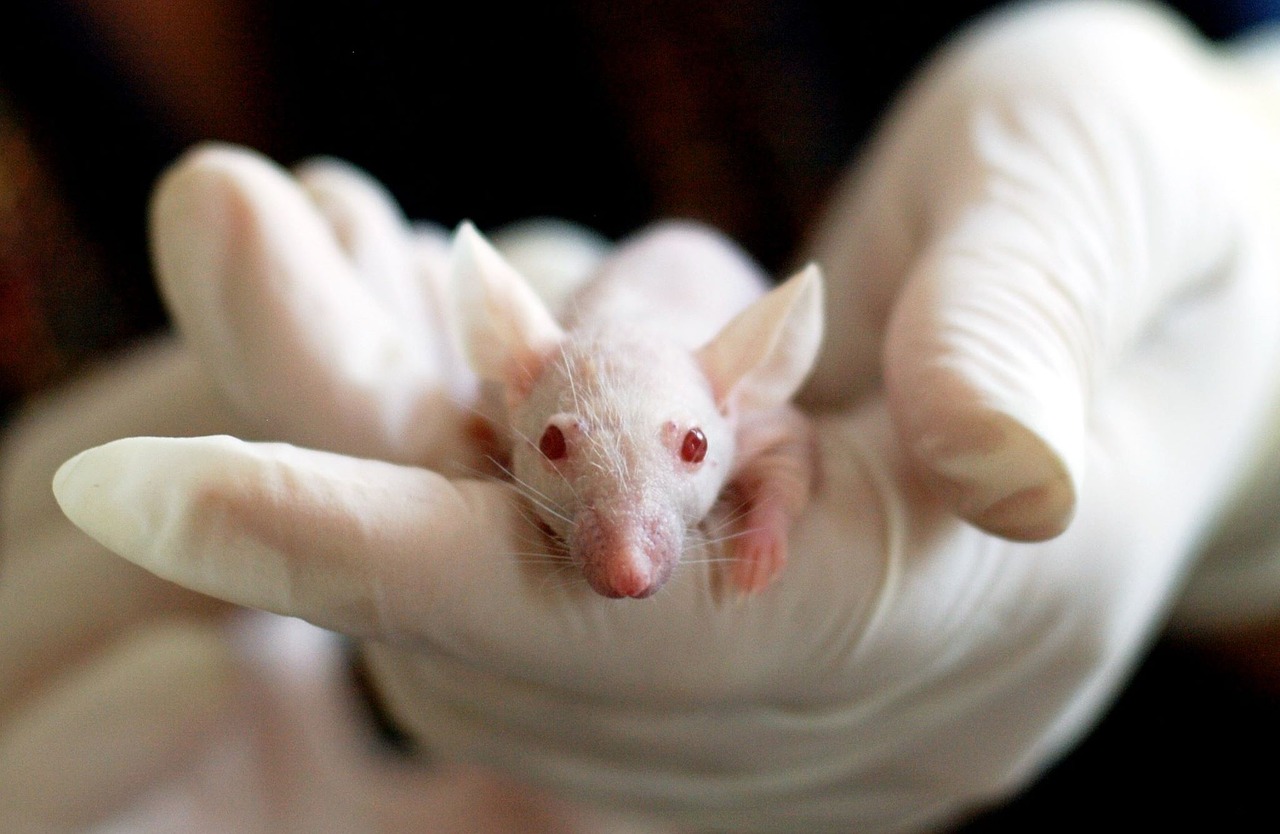
How to Put an End to Makeup Testing on Animals
We are reader-supported. When you buy through links on our site, we may earn affiliate commission.
When people walk into a store, their thoughts are on what they need to buy and how quickly they can get out of there. That’s to be expected, especially when brands don’t advertise how they make their products in the stores where they’re sold.
If people do more research into what products they use daily, they can make better decisions on what to buy. The few minutes it’ll take to learn about this process could help save lives.
Animal testing is commonly acknowledged as a way that companies test products before sale. However, the damage done to animals is extensive. Read on to learn how you can help to end the dangerous ways that animals are used for product testing.
Do Your Research
Animal testing conjures up images of furry animals with lipstick and eyeshadow on, but it is much more than that. The chemicals and other ingredients in cosmetic products are chosen specifically because they increase profits while minimizing overall production costs. To ensure that these chemicals are not harmful to humans, companies put the lives of animals on the line.
The phrase “animal testing” can make people think of the stereotypical lab setting with caged rats trying to find cheese. While rats shouldn’t be included in the animal testing either, there are many more animals that get thrown into testing.
Every year, approximately 100,000 to 200,000 animals die in product testing. These animals include rats, rabbits, hamsters, guinea pigs and mice. Dogs and monkeys aren’t used for cosmetics testing, but they are used to test other chemicals like the botulinum toxin. These animals are unaware about what they’re being subjected to and deserve to have a life free of cruelty.
Find the Testing Alternatives
Because of the well-known practice of animal testing, it’s easy to assume that all products need to be tested before the public can have access to them. While it’s true that products should be tested so they are guaranteed to work the way they were designed to, they don’t need to be tested on animals.
Companies are able to use thousands of historically safe ingredients in their products instead of newer ingredients and harsher chemicals. Unfortunately, what’s less ethical is typically less expensive. However, they should know that people care about what they buy and how it’s created.
Look for the Right Brands
The challenge for anti-cruelty consumers is that it narrows down what you can buy in the store. You may have to spend some time to search for products online and locate what stores they’re sold at it.
It can disprupt where you get your products, but you will discover brands with the same ethical standards as you. Ethical brands will most likely be more expensive than the big name brands at the usual stores. This is because regular brands are able to put on mass sales and discounts because of what their products are made of.
Don’t worry about the cost of switching brands. There are cost-effective ways to green your beauty routine without spending money that you can’t afford. Read labels at your local stores or even make your own makeup so you know what’s going in it.
The smart move to make would be to start small. Don’t think you have to throw out everything you own and replace it all in one day. Switch out smaller products like makeup removers and household cleaners. It’ll be a good step forward as you continue to learn about new brands you’ll love and all the cruelty-free options that are at your disposal.
Opposing Makeup Testing on Animals: Get Involved
In order to end animal testing, one actually needs to make an impact. It isn’t going to make a dent in the cosmetic companies’ profits if an individual starts to buy different products. Still, you can look for programs that are aligned with your personal goal to end animal testing. This will allow your passion to have a bigger role in changing the world.
To get the attention of large industries, however, you need to make some noise. You can sign a global cruelty-free pledge online and add your name to thousands of others who pledge to end animal testing. One good thing you can rely on with companies is that they’re going to do research on what their target audience base wants. So if they see people want a cruelty-free production process, they’ll be more inclined to change.
If you’re able, you can also donate to programs who work to free animals from lab sites directly. You can support groups like Lab Animal Defender with monthly donations. These groups can’t run without help, and when you think about it, your investment ensures a better future for everyone involved.
Beauty products need to be tested to ensure that they are safe for consumers. However, it is cruel to test makeup on animals. Animals can’t give consent or understand the effects of the testing, so be their advocate and do your part to end animal testing.
You can buy only cruelty-free brands and put your time and money towards programs that believe in that same goal. Sign petitions and make your voice heard to get industries to stop and listen. As one person, you may not feel like you have much power. However, with the right tips, you can be part of a movement that changes the world for animals across the globe.
Share on
Like what you read? Join other Environment.co readers!
Get the latest updates on our planet by subscribing to the Environment.co newsletter!
About the author

Jane Marsh
Starting from an early age, Jane Marsh loved all animals and became a budding environmentalist. Now, Jane works as the Editor-in-Chief of Environment.co where she covers topics related to climate policy, renewable energy, the food industry, and more.





